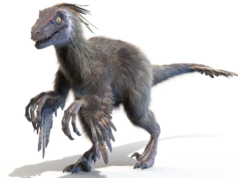
The Chicago Archaeopteryx fossil, recently unveiled at the Field Museum, is a groundbreaking find that vividly illustrates the evolutionary link between dinosaurs and birds, confirming Charles Darwin’s theory of evolution. This Jurassic-era specimen, about the size of a pigeon, is one of only a dozen Archaeopteryx fossils ever found and is exceptional for preserving soft tissues such as feathers, skin, and toe pads.
The “Chicago Archaeopteryx” offers unprecedented anatomical details illuminating the dinosaur-to-bird transition, making it one of the most important fossils ever discovered.
The Archaeopteryx Fossil – A Historical Icon
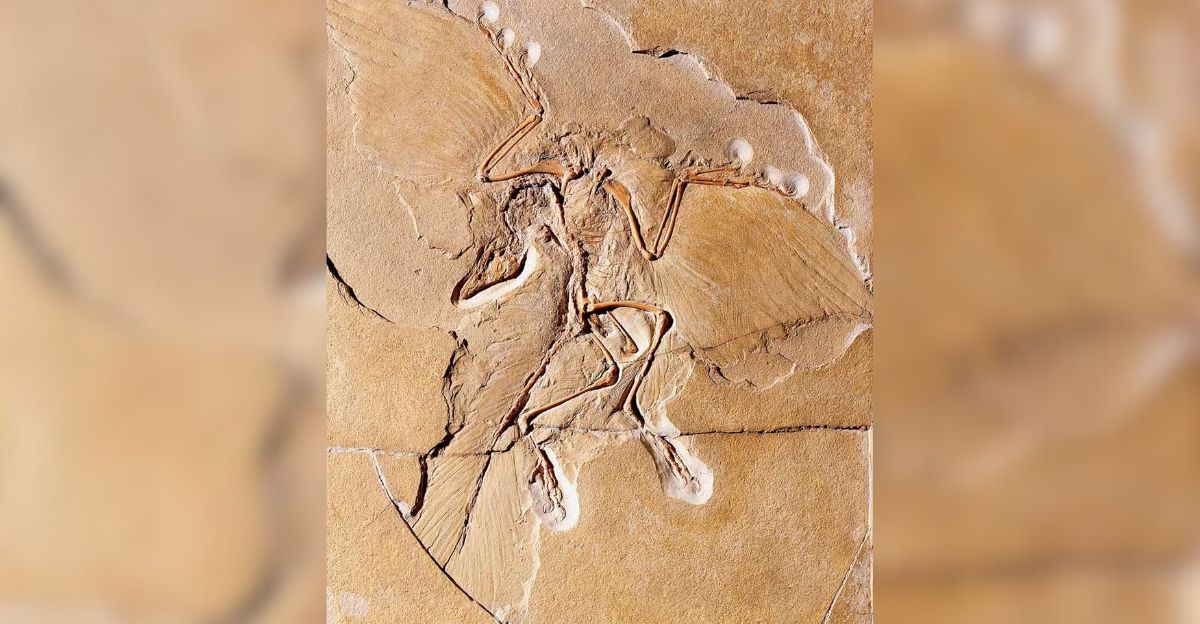
Discovered first in 1861, Archaeopteryx is historically significant as the earliest known feathered dinosaur and the “first bird,” playing a pivotal role in the early acceptance of evolutionary theory.
Over 140 years of research have built on this legacy, with Archaeopteryx fossils as critical evidence bridging reptiles and modern birds. The Chicago specimen enriches this legacy by providing more complete and detailed preservation than ever before.
Exceptional Preservation and Modern Techniques
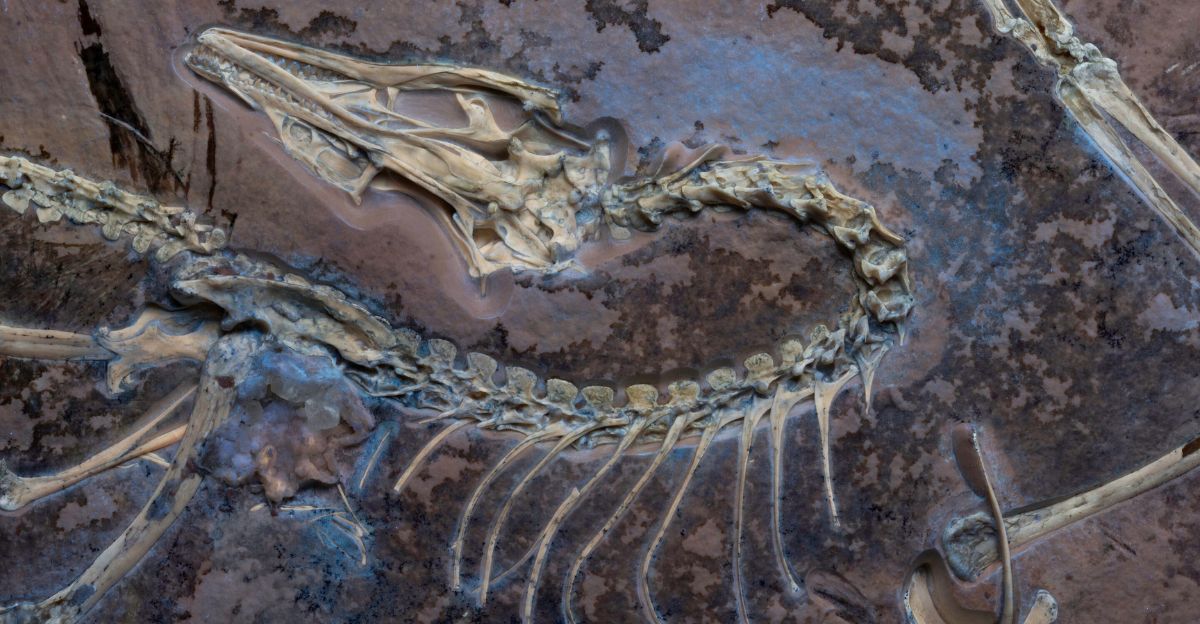
The Chicago Archaeopteryx was prepared using advanced methods, including high-resolution CT scanning and ultraviolet (UV) light fluorescence, which revealed soft tissues invisible to the naked eye.
These techniques exposed delicate feathers, skin impressions, and toe pads, surpassing the capabilities of 19th-century scientists and allowing researchers to study the fossil in three dimensions with unprecedented clarity.
Anatomical Insights – Skull and Cranial Kinesis

A new analysis of the fossil’s skull, particularly the palate region, reveals evolutionary traits like cranial kinesis, which is the ability of the beak to move independently from the braincase.
This feature is key in modern birds’ feeding versatility and confirms Archaeopteryx’s intermediate evolutionary status between non-avian dinosaurs and birds.
Flight Capabilities Confirmed
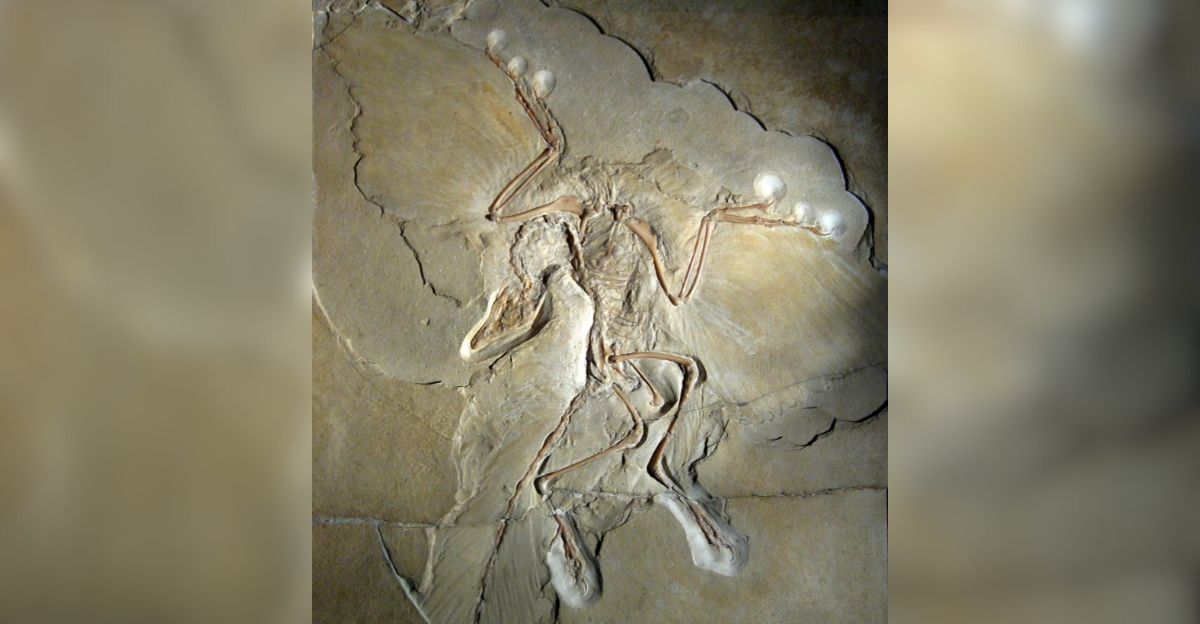
The fossil’s wing structure and feather layers provide compelling evidence that Archaeopteryx was capable of powered flight, not just gliding.
Researchers discovered three layers of wing feathers, including the first-ever preserved tertial feathers, which formed a continuous lift surface essential for sustained flight. This challenges earlier assumptions about its flight abilities and positions Archaeopteryx as an actual flying dinosaur.
Soft Tissue and Locomotion

Preserved soft tissues reveal that Archaeopteryx was adapted for flight and capable of walking and climbing.
This versatility challenges earlier views that emphasized flight alone and portrays Archaeopteryx as an agile, multi-functional creature, providing a more complete understanding of its lifestyle and ecological niche.
Evolutionary Implications – Dinosaur to Bird Transition
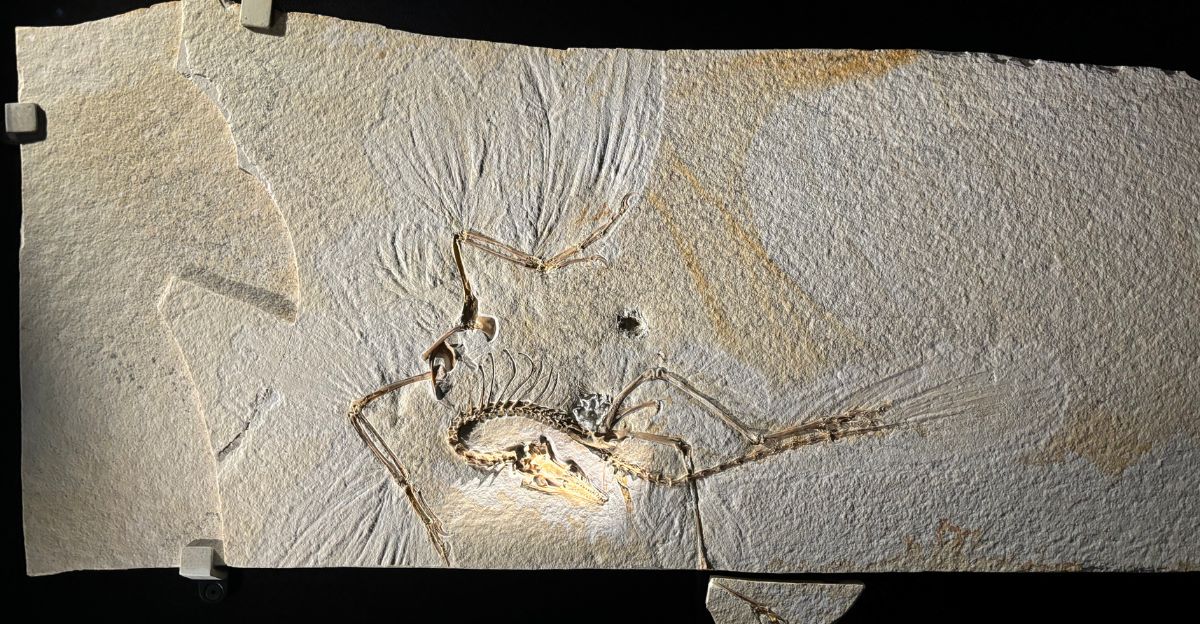
This fossil bridges the evolutionary gap between non-avian dinosaurs and birds, supporting Darwin’s theory by showing progressive adaptations in feathers, flight mechanics, and skull mobility.
The Chinese-American research team and paleontologists highlight its significance as a key transitional form that survived and evolved into the diverse group of birds today.
Unexpected Intersections – Chemistry and Fossil Preservation

Remarkably, the fossil’s soft tissues are preserved as silica, a glass-like mineralization rare in fossils.
This chemical preservation opens new avenues for detecting hidden soft tissues in other fossils using UV light and chemical analysis, potentially revolutionizing paleontology’s ability to study ancient life beyond bones alone.
Contrarian Perspectives and Ongoing Debates
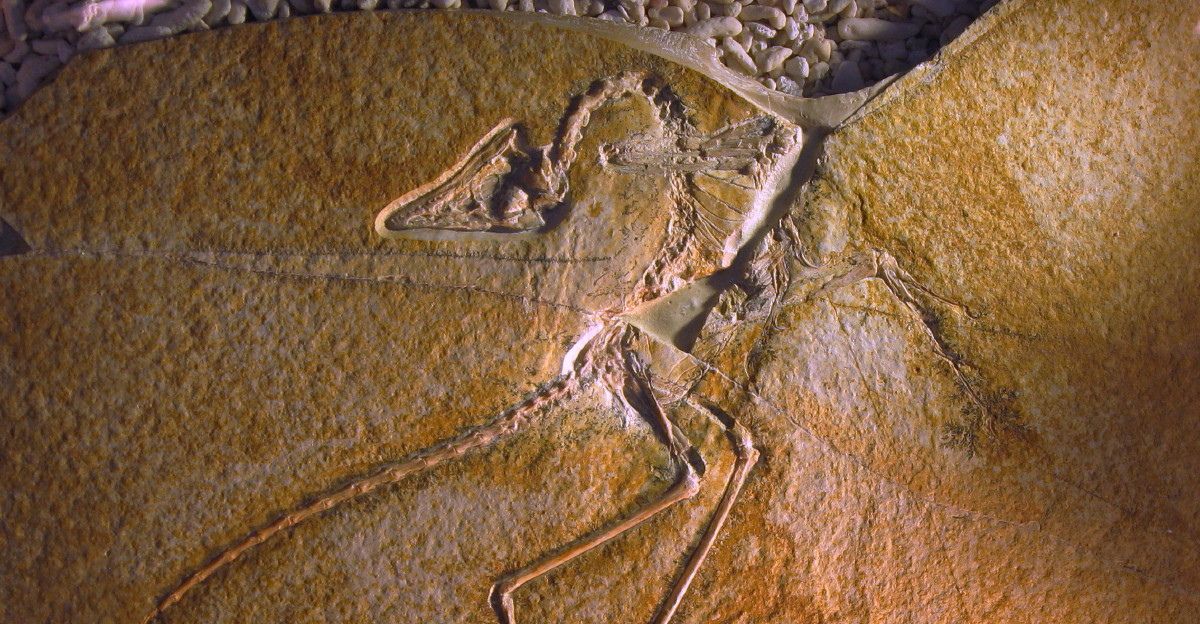
While this discovery strongly supports Archaeopteryx’s flight capabilities, some paleontologists debate the extent of its powered flight and suggest that flight may have evolved independently among dinosaurs multiple times.
This fossil enriches the discussion but does not close ongoing debates about the complexity of avian evolution and flight origins.
Conclusion and Future Directions

The Chicago Archaeopteryx fossil validates Darwin’s evolutionary theory with unparalleled anatomical and soft tissue evidence, highlighting the dinosaur-to-bird transition.
As technological advances in imaging and fossil preparation continue, future discoveries will further refine our understanding of bird origins, evolution, and the broader story of life on Earth.
Explore more of our trending stories and hit Follow to keep them coming to your feed!

Don’t miss out on more stories like this! Hit the Follow button at the top of this article to stay updated with the latest news. Share your thoughts in the comments—we’d love to hear from you!



